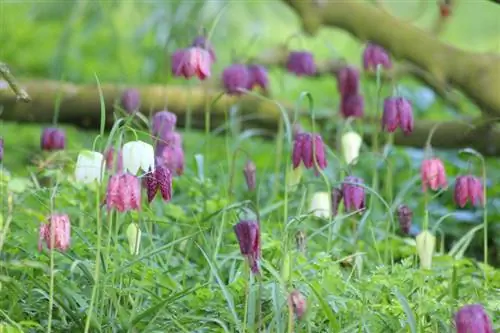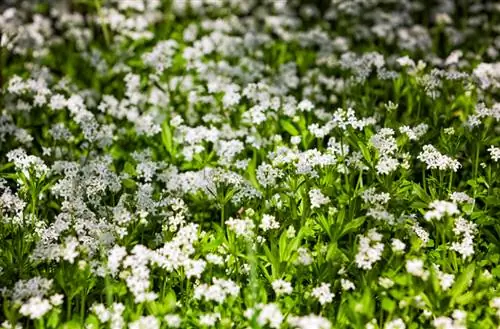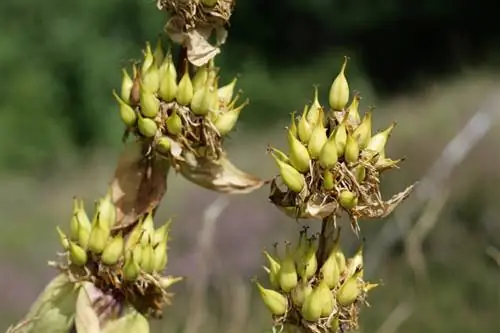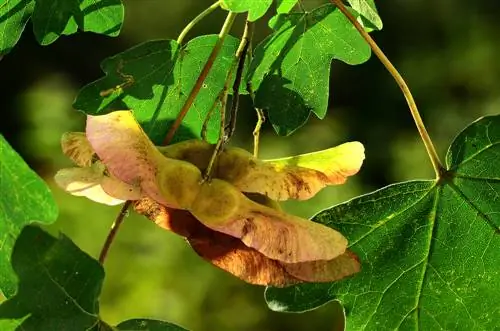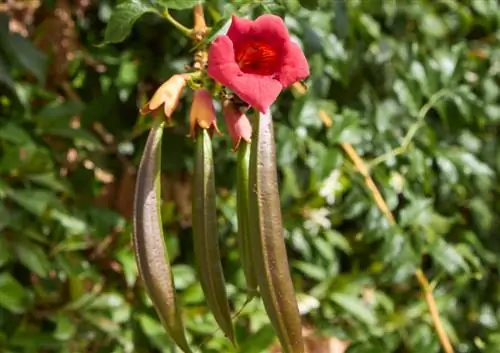- Author admin [email protected].
- Public 2023-12-16 16:46.
- Last modified 2025-01-23 11:20.
The chess flower belongs to the lily family. Its natural home is the moist balancing meadows of the rivers, where the plant thrived en masse just a hundred years ago. Due to the straightening and draining of these areas, the chess flower, which was named flower of the year in 1993, has become rare and only thrives in a few distant areas in Germany.
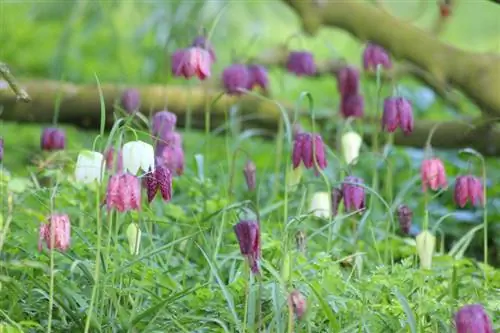
How to harvest and propagate checkerboard flower seeds?
Checkerboard flower seeds develop in three-lobed capsule fruits after pollination. You can let faded flower bells ripen so that the plant sows itself, or cut off the fruit capsules and use the seeds for propagation. Refrigerator storage for 4-6 weeks promotes germination.
Flowering and seed formation
The checkerboard flower with its strikingly patterned flowers is one of the most beautiful signs of spring. Thanks to the early start, the not very assertive flower can develop freely and bloom and form seeds without competition from other plants. The flowers are pollinated by bees and bumblebees, for whom the nectar of the chess flower is a valuable first food after the winter months.
Appearance of seeds
The flowers develop into a three-lobed capsule fruit containing numerous seeds. They are blown away by the wind and, if they fall on fertile soil, ensure that the checkerboard flower spreads over a large area.
A special feature of the seeds, which are excellently adapted to their natural environment, is their ability to swim. During floods, these are carried along by the water without breaking.
Harvest seeds in your own garden
The seeds can also be used to easily propagate the chess flower planted in the garden. Do not cut off the faded flower bells, but allow them to mature, the plant often even self-expands and forms dense carpets of flowers over the years. Alternatively, you can cut off the fruit capsules and get seeds for propagation yourself.
Targeted offspring
The checkerboard flower is a cold, light and dark germinator. This means that the seeds need a longer cold stimulus to germinate. You can imitate this yourself by storing the harvested seeds, mixed with a little sand, in the refrigerator for four to six weeks. However, under no circumstances should you put the seeds in the freezer. It is far too cold here and the seeds would no longer sprout.

